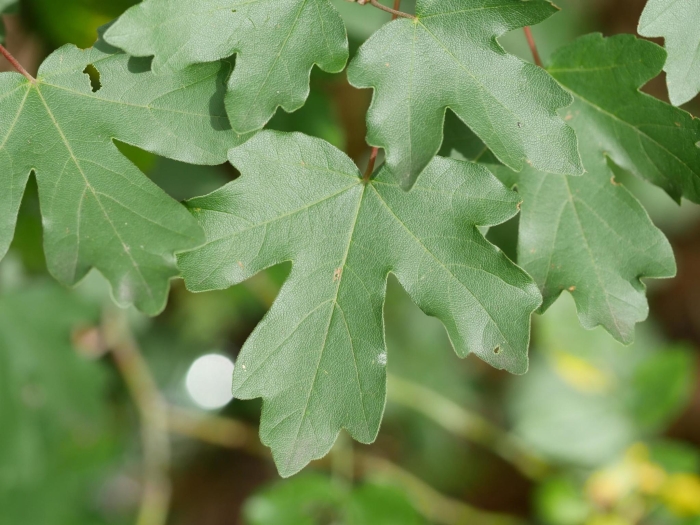Field Maple
(Acer campestre)
Field Maple (Acer campestre)
/
/

Alexis
CC BY 4.0


















































































Estimated Native Range
Summary
Field Maple is valued for its hardy nature and adaptability to urban environments, making it suitable for street planting and as a shade tree in parks and gardens. It is also used for hedging due to its dense foliage and ability to withstand pruning. The wood of Acer campestre is utilized for various woodcrafts, including furniture and musical instruments, despite its limited size and slow growth rate. For optimal growth, it requires well-drained soil and can tolerate both full sun and partial shade. While generally low-maintenance, it can suffer from common maple diseases such as Verticillium wilt. Gardeners should be cautious about its potential invasiveness outside its native range, as it can spread aggressively in some regions.CC BY-SA 4.0
Plant Description
- Plant Type: Tree, Shrub
- Height: 30-80 feet
- Width: 25-35 feet
- Growth Rate: Moderate, Slow
- Flower Color: N/A
- Flowering Season: Spring
- Leaf Retention: Deciduous
Growth Requirements
- Sun: Full Sun, Part Shade
- Water: Medium
- Drainage: Fast, Medium
Common Uses
Bee Garden, Bird Garden, Butterfly Garden, Deer Resistant, Drought Tolerant, Hedges, Low Maintenance, Salt Tolerant, Street Planting
Natural Habitat
Deciduous forests, forest edges, and grasslands across Europe, extending to Iran and West Asia, and also found in the Atlas Mountains of North Africa
Other Names
Common Names: Hedge Maple, Navr, Maßholder, Feldahorn, Feld-Ahorn, Érable Champêtre, Spaanse Aak, Naverlönn, Klen Polevoj
Scientific Names: , Acer campestre, Acer campestre var. campestre, Acer campestre var. suberosum, Acer campestre f. pulverulentum, Acer campestre var. leiophyllum, Acer campestre var. hebecarpum, Acer campestre f. schwerinii, Acer campestre var. acutilobum, Acer campestre var. leiocarpon
GBIF Accepted Name: Acer campestre L.